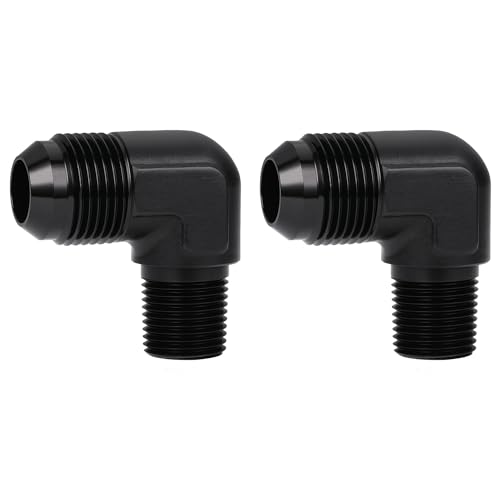
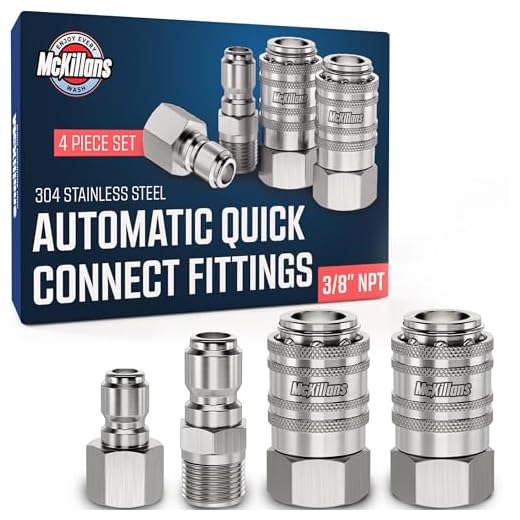


Not every coupling component is interchangeable. It’s crucial to understand the variations in sizes and thread types. Having worked extensively within the cleaning equipment industry, I can assure you that specifics matter significantly.
Different manufacturers use distinct sizing standards and threading options. For instance, some brands favour M22 connections, while others may utilise 3/8-inch quick couplers. This can lead to compatibility issues if you attempt to mix components from different origins without confirming measurements.
To ensure optimal performance and avoid leaks or damage, standardise your connections. If you’re not certain which type suits your unit, consult the user manual or manufacturer’s specifications. It’s advisable to keep a few common adapters on hand to bridge gaps when needed.
In conclusion, always check compatibility details before purchasing new accessories or replacements. Having reliable connections boosts efficiency and extends the lifespan of your equipment.
Understanding Pressure Washer Fitting Types
Choose between NPT (National Pipe Thread) and quick-connect types for compatibility with different machines. NPT offers a threaded connection, ensuring a tight seal. Quick-connect provides ease of attachment and detachment, suitable for less frequent use.
- NPT: Recognised for durability, ideal for high-pressure systems. Requires Teflon tape for leak prevention.
- Quick-connect: Designed for convenience; a push-and-pull mechanism enables swift changes between nozzles and accessories.
Consider the diameter of fittings as well. Common sizes include:
- 1/4 inch: Best for residential machines, providing adequate flow for most tasks.
- 3/8 inch: More robust, suited to commercial or industrial equipment with higher pressure demands.
Material type also plays a significant role in performance. Brass fittings resist corrosion effectively, while plastic options offer lightweight alternatives but may not withstand high pressure indefinitely.
Compatibility with nozzles is another aspect to weigh. Make sure your selected fitting matches the nozzle’s specifications for optimal performance.
When replacing, always consult your equipment manual. Mismatched connections can lead to leaks or significant damage to your device.
Investing in a reliable set of fittings can save time and enhance your cleaning experience significantly. Opt for reputable brands that align with your needs and ensure longevity.
Identifying Compatible Hose Sizes
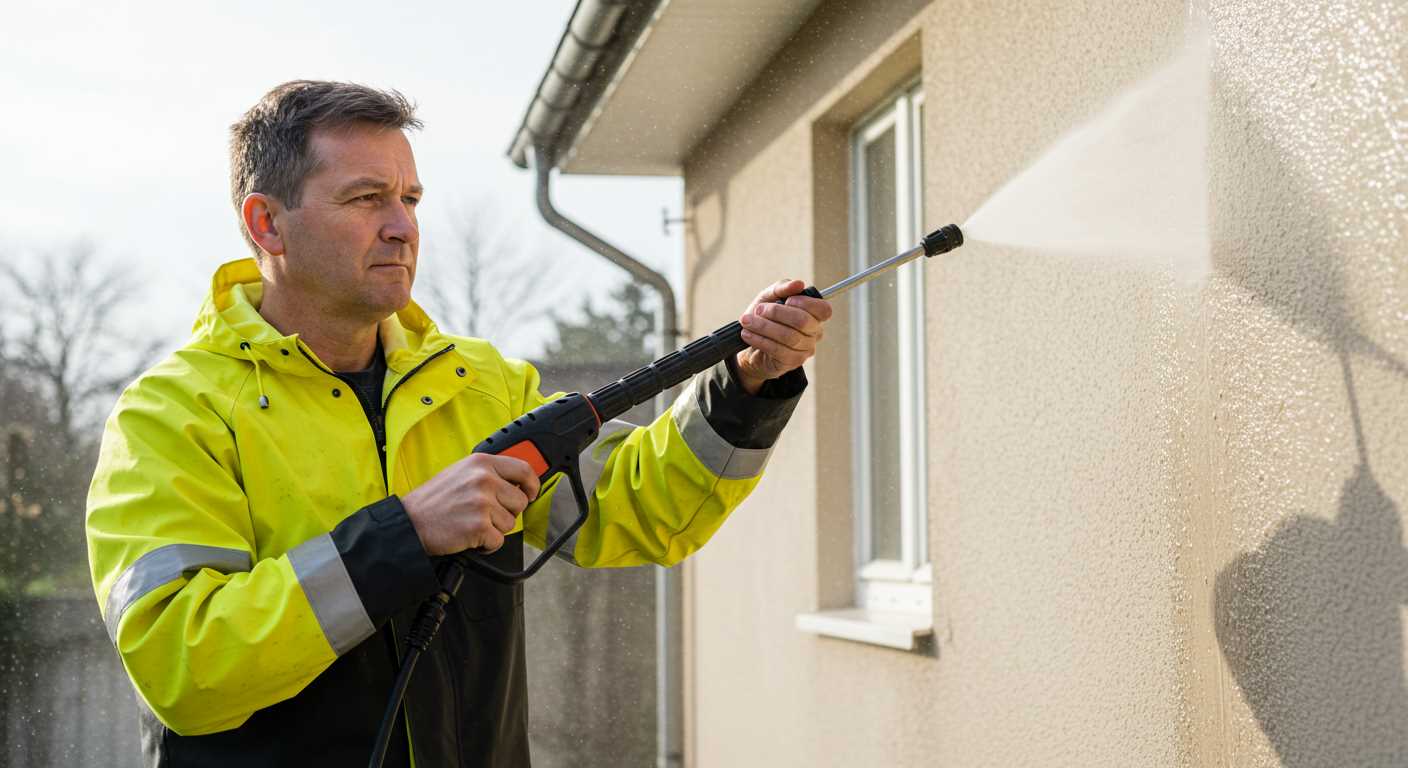
To ensure proper connection, measure inner and outer diameters of hoses. Most commonly used sizes are 1/4 inch, 3/8 inch, and 1/2 inch. A discrepancy in measurements can lead to leaks or malfunctioning equipment.
Measurement Techniques
Utilise a ruler or caliper for accurate measurements. Start with the outer diameter by placing the tool around the outside of the hose. Next, measure the inner diameter by inserting a rod or measuring tape inside the hose for a direct read.
Keeping Fittings Compatible
Utilise adapters to match differing sizes if needed. Some equipment may require threaded fittings, while others might use quick-connect options. Before purchasing any component, verify compatibility to avoid frustration during use.
Material Differences in Hose Fittings
Choosing fittings made from different materials can significantly affect performance and longevity. For optimal results, I recommend considering three primary materials: brass, stainless steel, and plastic. Each has unique characteristics that influence durability and resistance to corrosion.
| Material | Advantages | Disadvantages |
|---|---|---|
| Brass | Durable, rust-resistant, excellent pressure handling | Heavier, may corrode over time in harsh conditions |
| Stainless Steel | Exceptional corrosion resistance, suitable for heavy-duty use | Higher cost, can be overly rigid |
| Plastic | Lightweight, affordable, resistant to rust | Less durable, prone to cracking under high pressure |
In environments with high humidity or exposure to chemicals, stainless steel fittings outperform others due to their superior resistance to oxidation. Brass is often preferred for everyday use due to its balanced properties. Plastic fittings, while cost-effective, should only be utilised in lower pressure scenarios to minimise the risk of breakage.
When selecting fittings, consider the specific application and the environmental factors they will encounter. A well-informed choice of material will significantly extend the lifespan of your cleaning equipment.
How to Adapt Pressure Washer Hoses
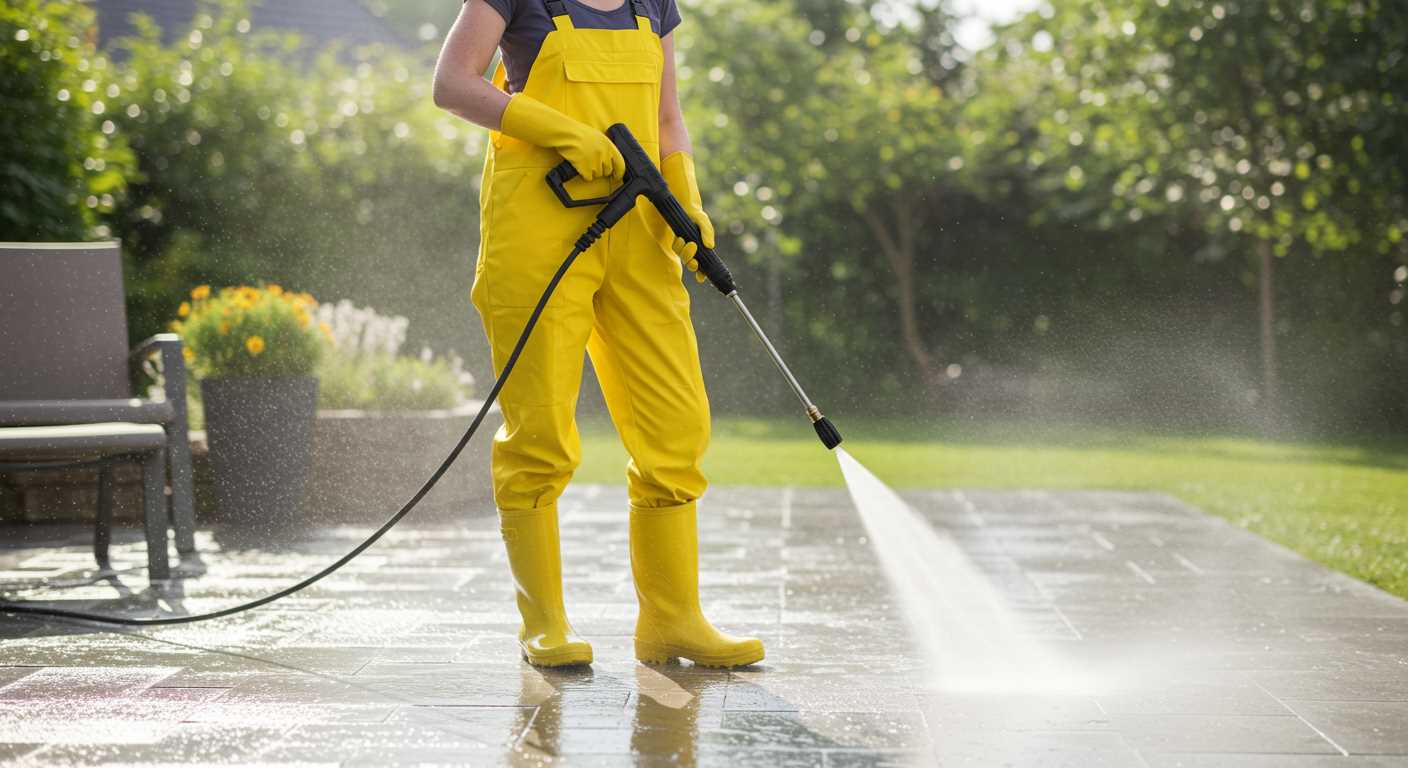
To modify high-pressure cleaning equipment connections, I recommend using couplers or adapters. These components permit seamless transitions between differing sizes or types of connectors. Ensure compatibility by selecting materials such as brass or stainless steel for durability and resistance to corrosion.
Standard measurements typically include ¼”, ⅜”, and ½” diameters. Always verify the inner and outer diameters before purchasing an adapter. This prevents leaks and ensures a secure connection during operation.
For machine compatibility, review the specifications of both your equipment and any attached accessories. This step guarantees that adaptations do not compromise performance or safety standards.
Utilising quick-connect fittings can significantly enhance convenience. These enable rapid changes between hoses and nozzles, maximising operational efficiency.
In instances of non-standard sizes or unique connections, consider custom-made adapters. Many retailers offer services to create bespoke solutions based on specific requirements.
Conduct regular inspections on all connections for wear or damage. Worn components can lead to decreased performance or dangerous leaks, so maintenance is key to reliable operation.
By implementing these strategies, you can effectively adapt various cleaning tool connections, ensuring optimal performance and reliability for your tasks.
Common Issues with Mismatched Fittings
Using incompatible connectors can lead to significant problems. One primary disadvantage is leakage. Water may spray or drip from improperly aligned components, wasting resources and creating safety hazards. It’s essential to ensure a snug fit to maintain optimal pressure.
Another frequent challenge is reduced performance. Mismatched connectors can impede water flow, resulting in a drop in cleaning efficiency. This not only increases your workload but can also be frustrating when tackling tough jobs.
Durability issues arise from using mixed components. Frequent disconnects and reconnects can wear out threads and seals more quickly. This wear leads to increased replacement costs and downtime, affecting productivity.
Compatibility extends beyond size – consider material composition. Mixing metals and plastics may cause corrosion or deterioration over time. Consistent use of the same materials for connections enhances longevity and reliability.
Always carry an accurate gauge to test pressure compatibility when trying new brands or models. This will help identify whether current connectors can handle the required pressure levels, avoiding unnecessary wear or equipment failure.
Lastly, always consult the manufacturer’s guidelines to ensure that you’re using components designed to work together. Ignoring these recommendations can lead to multiple issues, prolonging maintenance efforts and potential repair costs.
Maintenance Tips for Hose Connectors
Regular cleaning and inspection help maintain optimal performance. Accumulated debris can affect flow; use a soft brush or cloth to remove dirt and grime from connectors.
Seal Check
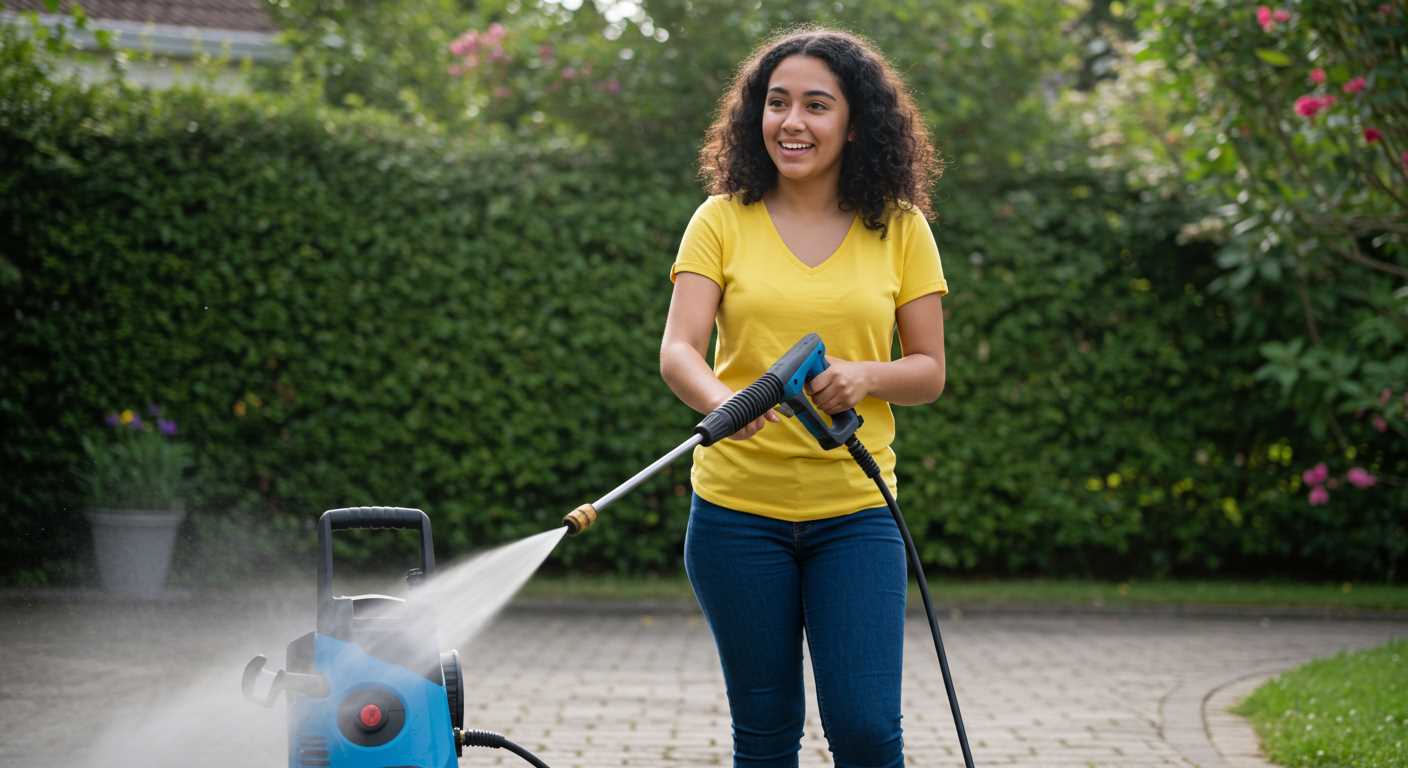
- Inspect rubber O-rings or seals for wear and tear. Replace damaged seals immediately to prevent leaks.
- Apply silicone grease to O-rings to extend their lifespan and improve sealing.
Connection Security
- Ensure that connectors are securely fastened. Loose connections can lead to water loss and decreased efficiency.
- Use a wrench to tighten threaded connectors; avoid over-tightening to prevent damage.
Store connectors in a dry, protected area to avoid corrosion. If using metal connectors, a light coat of oil can prevent rust.
Test connections regularly under pressure to identify leaks. Address minor issues before they escalate, saving time and resources.

